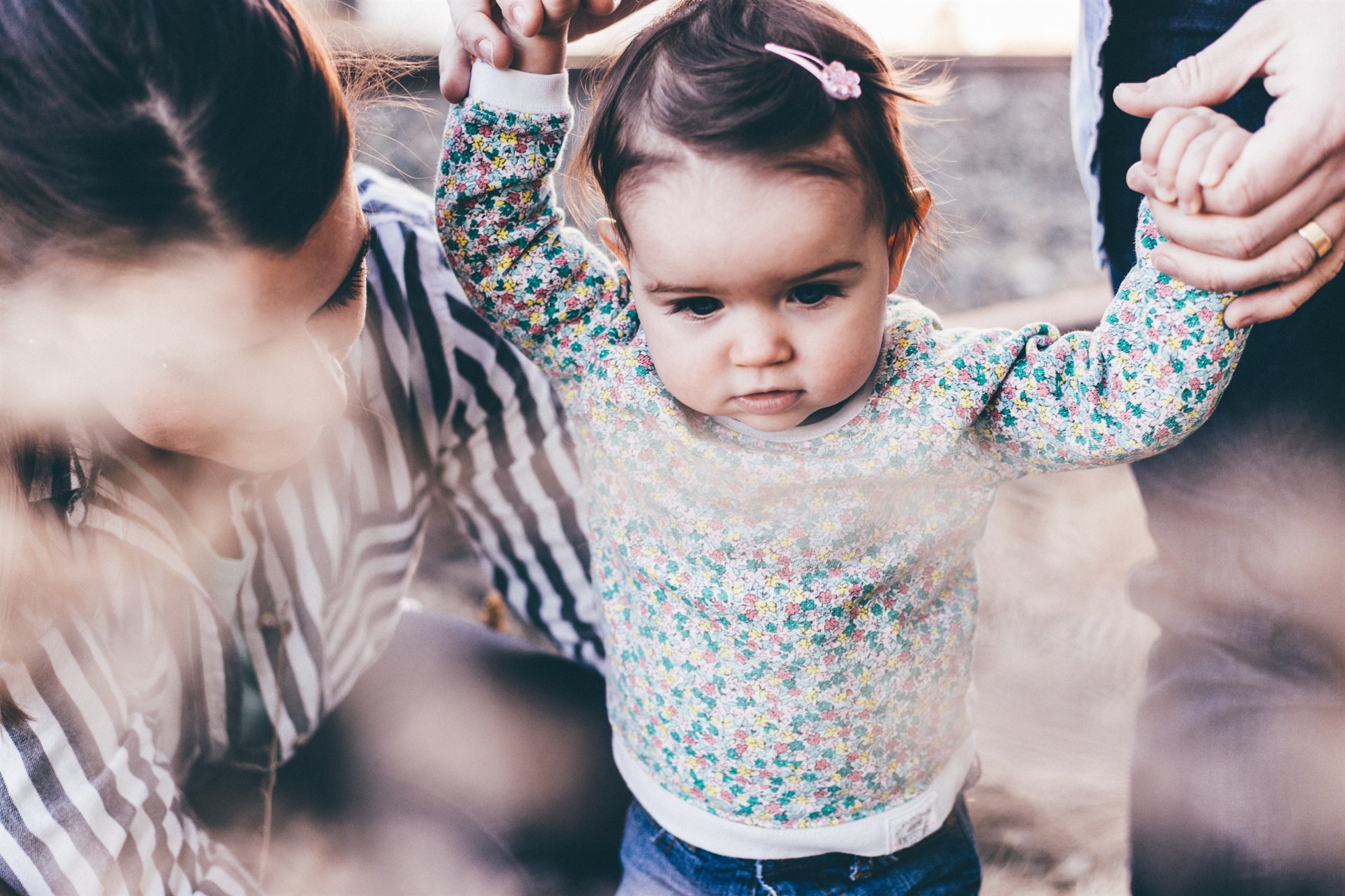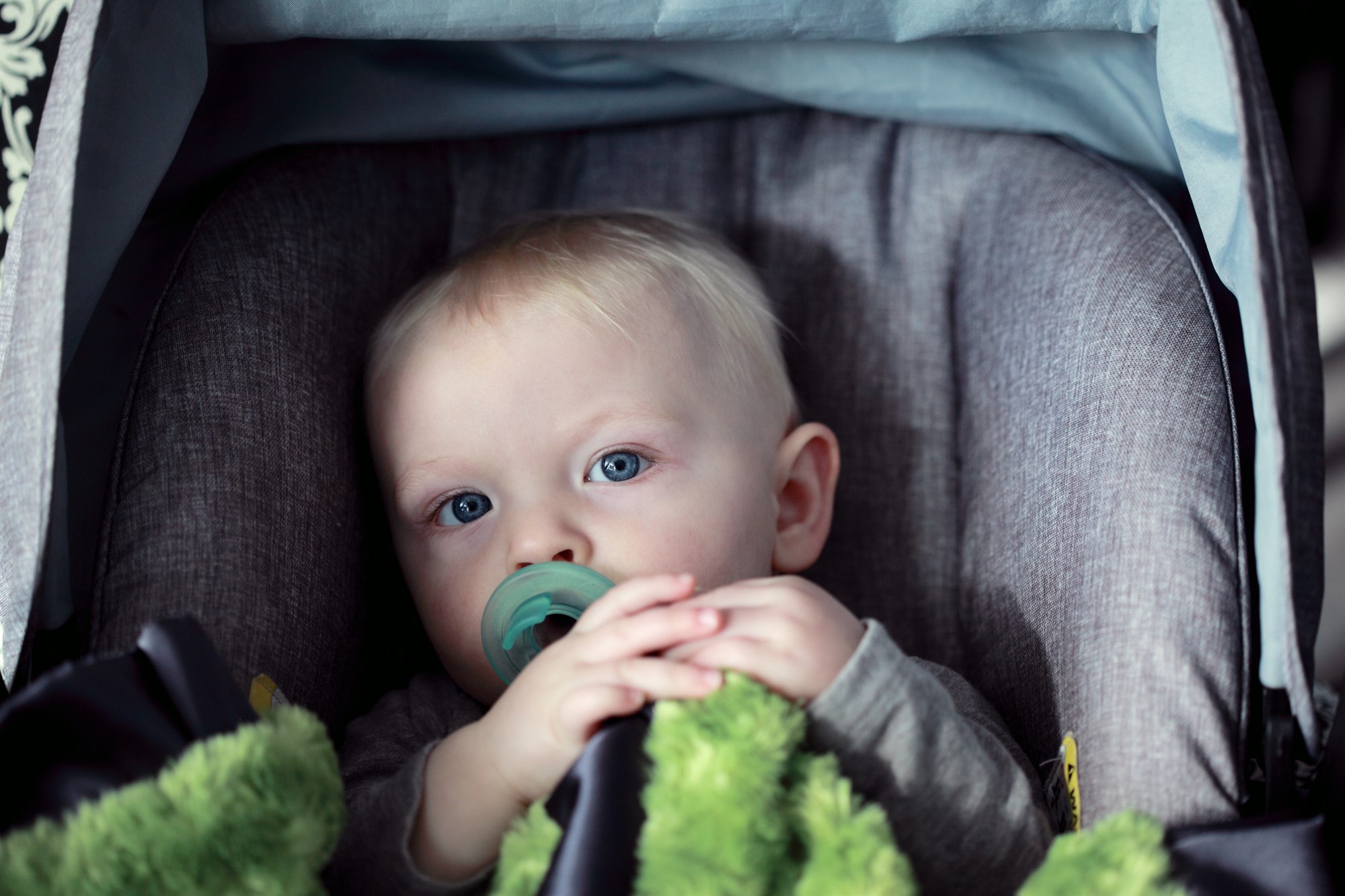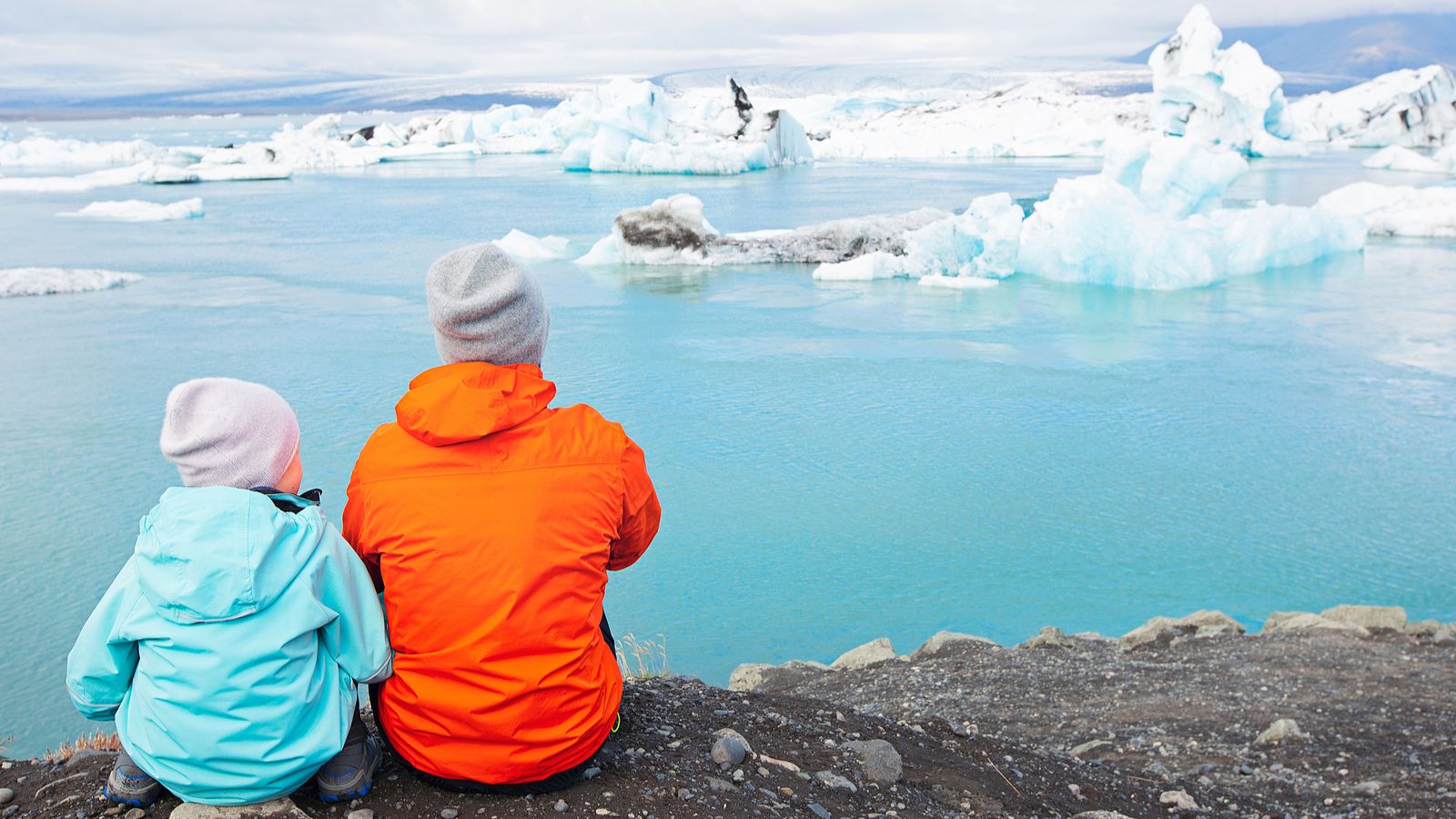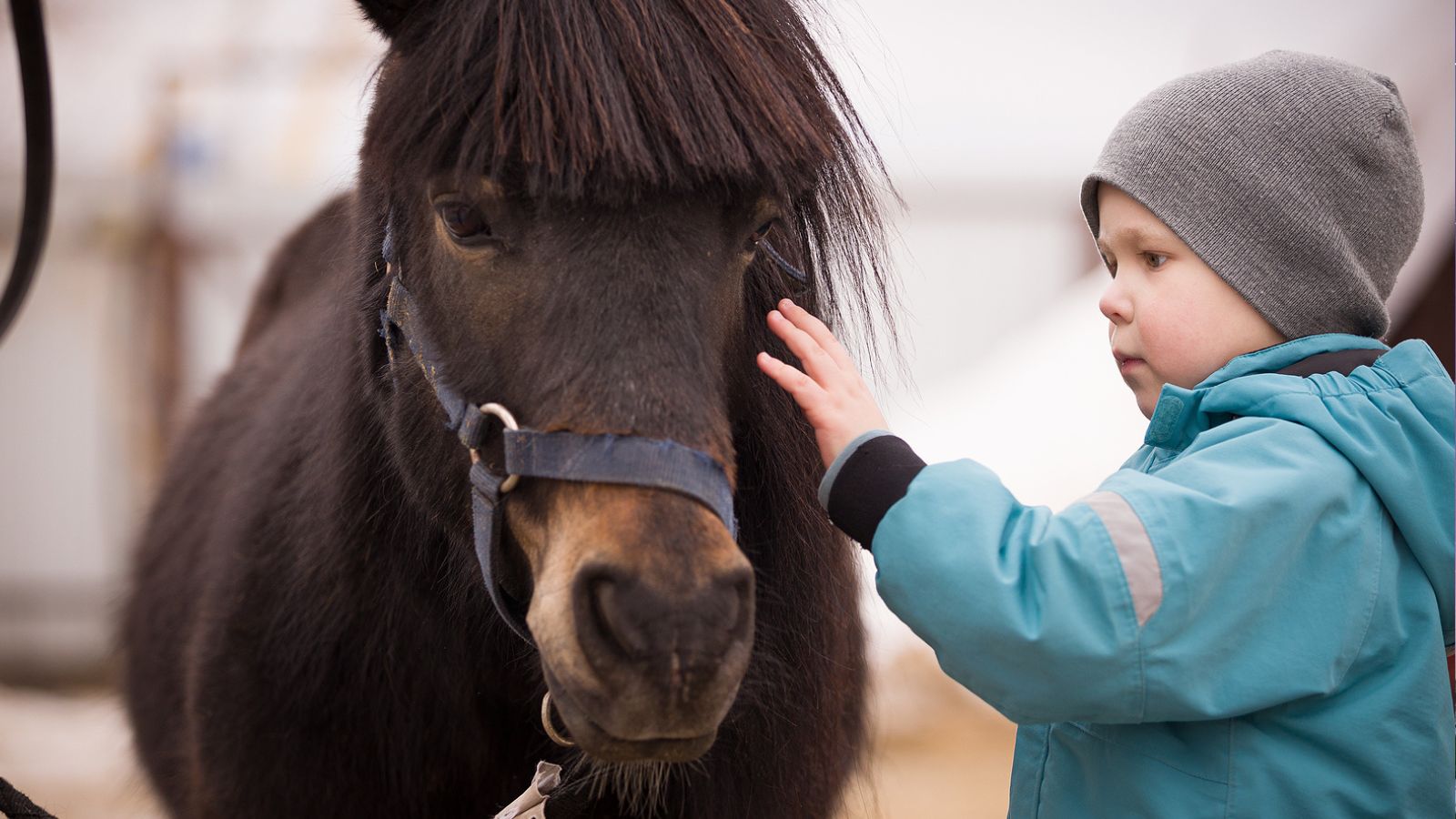It’s important to not only be aware of the rules and regulations around child safety in cars but also of the different types of booster seats and car seats you’ll need in order to keep within Icelandic car seat laws whilst exploring the spectacular scenery on offer.
After all, with the unpredictability of Icelandic weather, it’s always best to ensure that you and your family are taking all the precautions necessary for a safe yet fun-filled family adventure.
Types of booster/car seats
The age and size of your child will dictate the type of car seat you’ll need for them, to not only ensure safety within Icelandic car seat regulations but also to act as an effective safety precaution should anything unexpected occur on the road. There are various types of car seats that can be suitable for your vehicle as it navigates Icelandic roads, including:
- Rear-facing
- Forward-facing
- Booster seat with high back
- Backless booster seat
Icelandic law requires that age and weight are both factors when it comes to determining what type of car seat you should be using for your children. Therefore, when looking at different options, you will typically see both the age range and weight required for each car seat. These will be a useful guide for you when browsing the many different models.
In addition to this, it is recommended that children always sit in the back seats when traveling by car in Iceland. Icelandic law specifically states that no child under 135 cm should sit in the front seat of a car if there is an airbag that could be activated there. This will offer the utmost protection should the worst happen.

Infants & Babies - (0-2 years of age, 0-13kg)
When you are traveling with an infant, it is safest to ensure they are securely fastened into a rear-facing infant car seat. These seats are recognized as being the safest options for children of this specific age and size due to the position and design of the car seat. Rear-facing infant car seats typically provide the best protection in the case of any road collision, be that in the front or rear of the vehicle.
You’ll have a range of different options in terms of these seats. Some will have a base that is fitted into the car, where you will remove the seat to carry the child in and out of the car. Others will need to be fitted with the belt before you commence each journey.
Toddlers & Young Children (1-4 years of age, 9-18kg)
The latest research indicates that it's best to keep small children in a rear-facing car seat as long as possible for optimal safety. In Iceland, the law states that young children must be kept rear-facing until 15 months of age and 76cm in height. When that is no longer possible, a child can be transitioned to a front-facing car seat that is suitable for their height and weight category. Front-facing car seats are often very durable with a number of harnesses and clips to ensure your child is securely fastened in the seat. In fact, in Iceland, this car seat usually has five anchor points, so in the case of any incident, your child will be kept safe.

Children (4-10 years of age, 15-36kg)
When you are traveling with slightly older and taller children, they will likely require a booster seat with a high back to offer more support. These chairs often look a little like a high chair, with a tall back that goes up to the child's head/neck. This seat will have a seat belt restraint that threads through the notches along the back to ensure the seat sits correctly and prevents it from sliding about beneath the child. This will be especially useful in the case of any hard braking or sharp turns required on Iceland’s unpredictable roads.
Older Children (above 135cm in height)
Once you have an older child who no longer fits in a booster seat with a tall back, then they will be required to switch to a backless booster seat until they are above 135cm in height (just under 4 and a half feet, or 53 inches). This seat is fastened with the seat belt going between a notch on either side of the seat to ensure that it is securely placed in the car and doesn’t slide about.
Visiting Iceland With a Young Child
Some would say that Iceland is the perfect family holiday destination. Known as one of the safest countries in the world with some of the happiest citizens, Iceland is a colorful, beautiful, and friendly place to visit with the family.
Traveling with young children can be intimidating for parents, especially when visiting a country you’ve never been to before. But rest assured – bringing a young child to Iceland can be an enjoyable experience for the whole family. We’ve pulled together our top tips and advice into a guide containing everything you need to know about visiting Iceland with a young child.
Safety
As we said, Iceland is a very safe destination in terms of crime rates, but the terrain can be dangerous, and the roads can be intimidating for non-locals if you don’t follow all the appropriate protocols.
Once you’ve collected your car and child seat, you and your family are ready to start exploring Iceland! There are a few safety tips you should follow at all times in Iceland, especially when traveling with young children:
-Pack plenty of warm clothing for your children. Conditions in Iceland can change quickly, and young children are more sensitive to the cold than adults.
-Follow safety advice at all times, whether driving, visiting attractions or pools
-Watch children at all times, especially in areas with warning and safety signs and roped-off areas
-Ensure your child is capable of walking over terrain you may encounter when exploring or going on tours
-Check road and weather conditions daily
Attractions, Activities & Tours

The majority of the attractions in Iceland will be suitable for children. Museums and swimming pools are just a few examples of places children can really enjoy themselves. However, some of the more natural attractions in Iceland, like national parks, waterfalls, canyons, volcanoes and glaciers, may not be suitable for very young children, at least on foot. This is because the terrain can be very uneven, and sometimes, there can be long walks from the parking areas to the attractions.
We would suggest doing as much research as possible on each of the attractions you want to visit to make sure your child will be able to cope with the physical requirements of actually getting there. For example, if you’re planning on visiting somewhere like Reykjadalur, it’s worth being aware that there is a fairly long walk/hike from the parking area to the actual springs, which may be too far for some children. Other attractions like the Strokkur geyser have a parking area located conveniently across the street and require very little walking.
You can also speak to tour guides for their opinion on whether or not an attraction is suitable for young children. It’s worth bearing in mind that some attractions do have age restrictions. For example, the Blue Lagoon does not allow children under the age of 2 in the water, though they are welcome on the premises. Most areas are very accessible in Iceland, but it pays to do your research beforehand. You might find that you’ll simply need to carry your child part of the way or have a sturdy stroller available.
Dining Out
For adults, dining out in Iceland can be a real adventure. Some of the native foods here in Iceland are unlike anything you’ll be able to get at home, and many people want to try to eat unusual things like sheep’s head and fermented shark, among many other things.
Children can be very picky eaters, so they probably won’t want to try eating strange Icelandic delicacies. Restaurants in Iceland are usually very accommodating and most of them have a children’s menu. There are also many different types of restaurants in Iceland catering to many different cultures, so you shouldn’t have a problem finding a restaurant with food from home that your children are used to, whether it’s American, British, Japanese, or Chinese! Plan ahead and browse our list of family-friendly restaurants in Reykjavík.
Children will also love all the wonderful ice cream parlors in Iceland. Ice cream is a big part of life for Icelanders, and they eat it all year round. This will be a delicious treat for the children and adults in your family alike!
Wildlife

Most children love animals – that’s just how it is! Iceland is a wonderful place to experience wildlife. From birds to sea creatures, horses, sheep, and foxes, children are sure to be delighted when they spot the unique wildlife of Iceland.
Organized tours such as whale watching are fantastic ways to spend the day with your young children in Iceland. Depending on the age of your child, horseback riding tours might be another option that you could consider. There are also plenty of opportunities all over Iceland to glimpse birds like puffins and many other species that children will be sure to enjoy. Seals can also be spotted from many different locations in Iceland, including the beautiful Jökulsárlón Glacier Lagoon.
Even in cities like Reykjavík, there are plenty of parks and open areas where you might spot mink, many species of birds, and, if you’re lucky, perhaps even the beautiful Arctic fox.
We understand that your child's safety is paramount during your stay in Iceland, so we want to ensure you have all the necessary information needed to ensure this is the case. If you have any questions, feel free to get in touch, a member of our team will be happy to help. In addition, you can browse our own car seat rentals to find one that works for you and your family. We hope your family has an unforgettable adventure in Iceland!